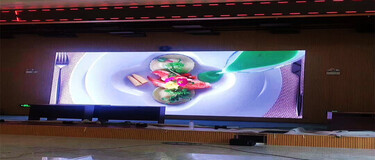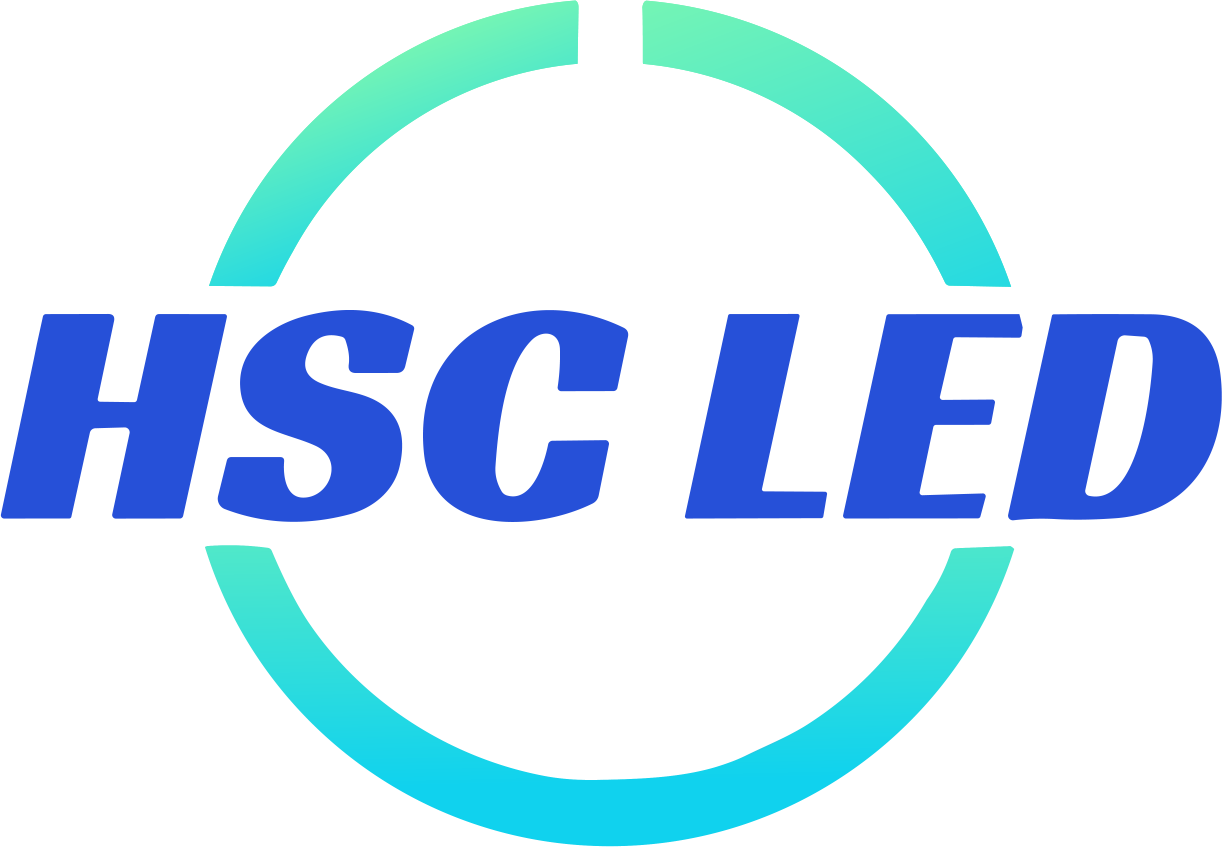News
Site Editor
 Site
https://hscled.cn08.wondercdn.com/uploads/image/68931a3c33409.png
First of all, considering only the size, there is overlap between the various size definitions. The reason why it is called small spacing is compared with large spacing.
Site
https://hscled.cn08.wondercdn.com/uploads/image/68931a3c33409.png
First of all, considering only the size, there is overlap between the various size definitions. The reason why it is called small spacing is compared with large spacing.
How To Distinguish Between Fine Pitch LED, Mini LED And Micro LED
Views: 3007
Author: Site Editor
Publish Time: 2022-04-27
Origin: Site
What is a fine pitch LED?
Answer: The spacing greater than 1.5mm is the small spacing.
What is Mini LED?
Answer: The pitch is less than 1.5mm, and the one larger than 0.3mm is Mini LED.
What is Micro LED?
Answer: Micro LEDs are those with a pitch less than 0.3mm.

Fine pitch, Mini, Micro related products comparison
Maybe some people are not familiar with Micro LED. In fact, in essence, Micro LED and Mini LED are based on tiny LED crystal particles as pixel light-emitting points. The difference is that Micro LED uses 1-10 microns. LED crystals can realize display screens with pixel particles of 0.05 mm or smaller; MiniLED uses tens of micron-scale LED crystals to achieve display screens with pixel particles of 0.5-1.2 mm. The fine pitch LEDs we are familiar with use sub-millimeter-level LED crystals, and finally achieve 1.0-2.0 mm pixel particle display.
First of all, considering only the size, there is overlap between the various size definitions. The reason why it is called small spacing is compared with large spacing. The development of LED display is a gradual process. When the blue light-emitting diode appeared, full-color LED display appeared, but the early LED full-color display was mainly used for outdoor display, and the spacing was even more than 1 cm. As the volume of semiconductors and light-emitting diodes shrinks, the pitch of full-color LED displays also shrinks. At present, full-color screens with a pitch of less than 5mm and greater than 1mm are generally referred to as small pitches.
Production process
Secondly, it is because each manufacturer defines it according to the characteristics of its own products. Confusion is more likely to arise when the production process is combined with the pitch. This is because each production process has overlapping parts in pitch.
Finally, for the end user, whether it is called Mini or Micro, the point spacing is right.

Fine pitch LED
Since 2015, the small-pitch market has exploded, with significant advantages in brightness, color, reliability, etc. In the professional display market, the rapid replacement of LCD and DLP splicing screens, the current penetration rate is close to 20%, driven by technological progress and cost reductions. The cost-effectiveness of small spacing continues to improve, and the replacement space is huge. From an average of 10mm to less than 2mm, it began to compete with DLP and LCD screens in the indoor display market.
In terms of application fields, small-pitch LEDs are mainly used in commercial display, high-end retail, film, advertising, entertainment and other industries. However, small-pitch LEDs still have their physical technical limitations, so for smaller-pitch consumer application markets , it is left to Mini LED and Micro LED to play.
For more information about LED display products, please contact us immediately.,










